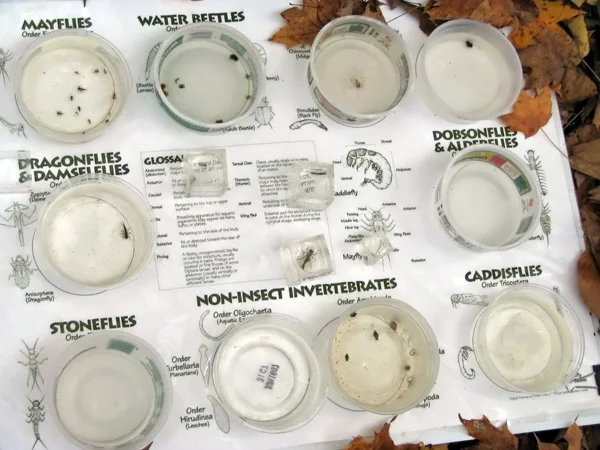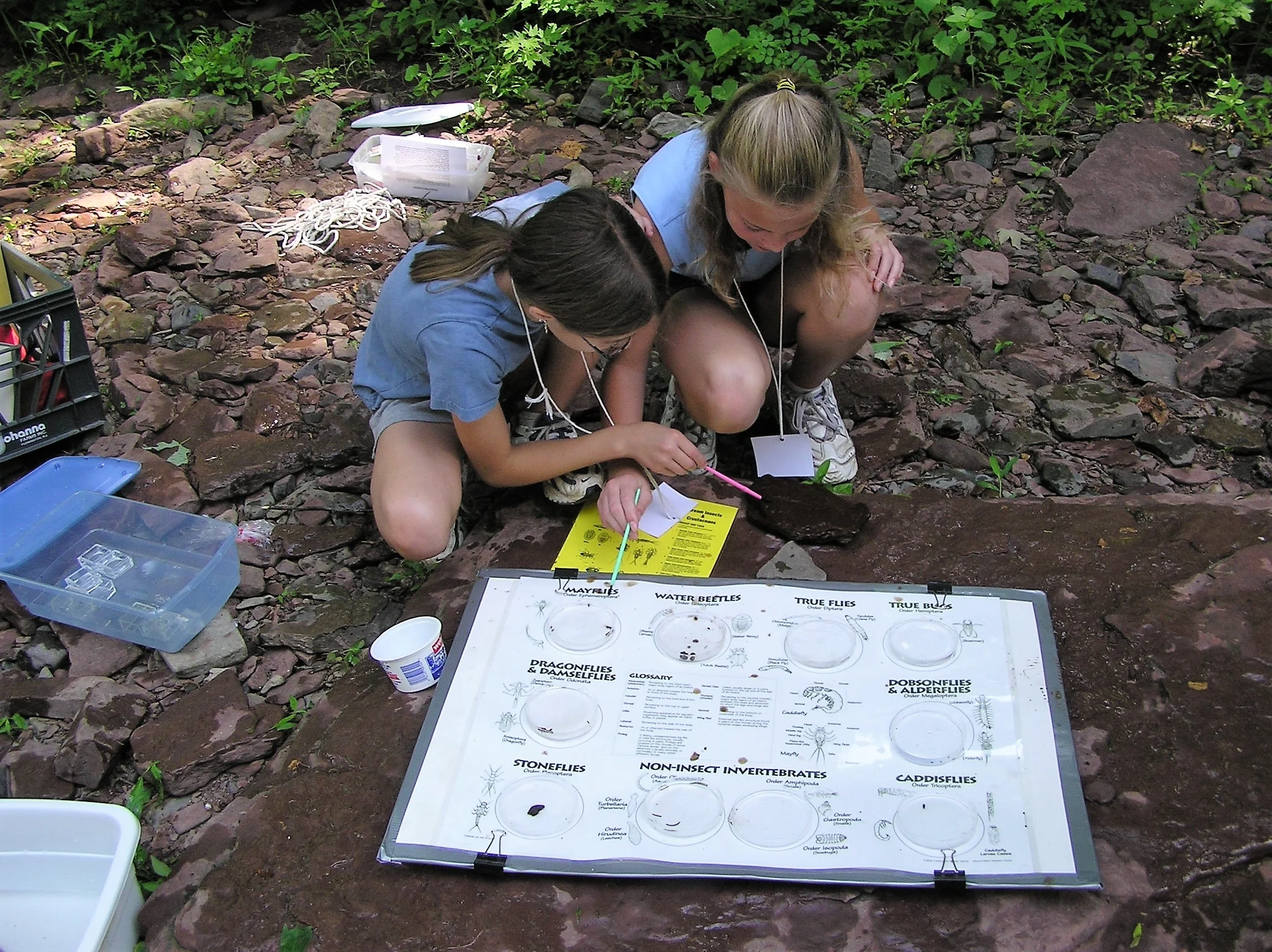Introduction to Field Communities
Recommended for 2nd and 3rd grade. Students journey into the field to learn about the field ecosystem, communities, and energy flow through the food web. Out of our “magic bag” come the four abiotic essentials needed to support life in the field community. With these in tow we take off on a consumer hunt, identify the producers, “Get Down!” with the decomposers, and make mini-communities of our own! A great opportunity to support classroom learning “in the field”!
What the students are saying:
“I learned so much that I didn't know about communities. I would love to come again and learn even more!”
- 2nd Grade Student, Audubon Elementary School
What the teachers are saying:
”This was the best field trip. The children learned so much. Can't wait until next year!”
-2nd Grade Teacher
”I enjoyed the entire day. I was delighted with the organization and knowledge of the staff.”
-2nd Grade Teacher
Fee:
* $10.00 per student, at the Conservancy
($100 minimum fee per class)
For more information or for reservations contact: PWC Education Department education@perkiomenwatershed.org
PDE Academic Standards addressed by this lesson include:
3.1.2.A9 - Distinguish between scientific fact and opinion. • Ask questions about objects, organisms, and events. • Understand that all scientific investigations involve asking and answering questions and comparing the answer with what is already known. • Plan and conduct a simple investigation and understand that different questions require different kinds of investigations. • Use simple equipment (tools and other technologies) to gather data and understand that this allows scientists to collect more information than relying only on their senses to gather information. • Use data/evidence to construct explanations and understand that scientists develop explanations based on their evidence and compare them with their current scientific knowledge. • Communicate procedures and explanations giving priority to evidence and understanding that scientists make their results public, describe their investigations so they can be reproduced, and review and ask questions about the work of other scientists.
3.1.2.C2 - Explain that living things can only survive if their needs are being met.
3.2.2.B6 - ENERGY Recognize that light from the sun is an important source of energy for living and nonliving systems and some source of energy is needed for all organisms to stay alive and grow.
4.1.2.D - Identify differences in living things (color, shape, size, etc.) and describe how adaptations are important for survival.
4.1.2.E - Identify how living things survive changes in their environment.
4.3.2.A - Describe the jobs/hobbies people have in the community that relate to natural resources.
4.4.2.A - Identify agriculture as a living system and that food and fiber originate from plants and animals.
3.1.3.A1- Describe characteristics of living things that help to identify and classify them.
3.1.3.A3 - Illustrate how plants and animals go through predictable life cycles that include birth, growth, development, reproduction, and death.
3.1.3.C1 -Recognize that many plants and animals can survive harsh environments because of seasonal behaviors (e.g. hibernation, migration, trees shedding leaves).
3.2.3.B6 - ENERGY Recognize that light from the sun is an important source of energy for living and nonliving systems and some source of energy is needed for all organisms to stay alive and grow.
4.1.3.A - Differentiate between the living and non-living components in an environment.
4.1.3.D - Identify organisms that are dependent on one another in a given ecosystem.
4.5.3.A - Identify resources humans take from the environment for their survival.







